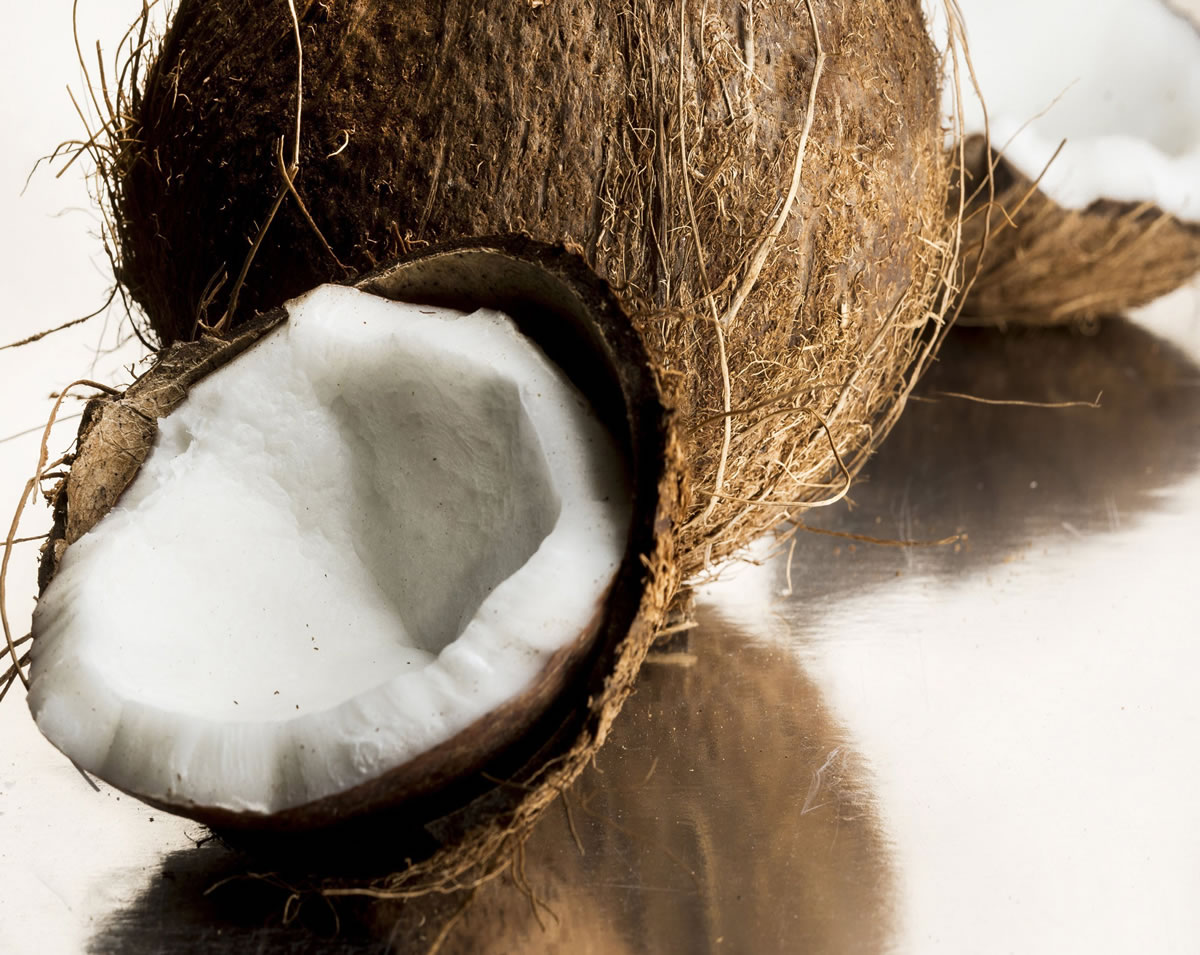Nutrition information per serving: 474 calories, 19 g fat, 9 g saturated fat, 142 mg cholesterol, 35 g carbohydrates, 41 g protein, 642 mg sodium, 3 g fiber
Brazilian Coconut-Rice Pudding
Prep: 15 minutes Cook: 35 minutes. Makes: 8 servings.
Adapted from “Steven Raichlen’s Healthy Latin Cooking” (Rodale Press).
1/2 cup golden or dark raisins
1/4 cup light rum or 1 teaspoon rum extract plus 1/4cup water
3 cups water
1 cup arborio rice, rinsed until water runs clear
1 stick cinnamon, 3 inches long
1 teaspoon vanilla
3/4 cup sweetened condensed skim milk
1 cup light coconut milk
2 to 4 tablespoons light-brown sugar
1 teaspoon each: grated orange zest, grated lemon zest
Pinch of salt
1/2 cup toasted shredded unsweetened dried coconut
Combine raisins and rum (or rum extract and water) in a small bowl; let soak, 15 minutes. In a large saucepan over high heat, combine water, rice, cinnamon stick and vanilla. Heat to a boil. Reduce heat to medium low; simmer, covered, until rice is tender and most of the liquid is absorbed, 20 minutes.
Stir in condensed and coconut milks. Add raisins and their liquid. Simmer, covered, until rice is very soft, 10 minutes. Stir in brown sugar, citrus zests and salt. Cook, 5 minutes. Add more sugar if desired. Cool pudding to room temperature. Discard cinnamon stick. Spoon into serving bowls or martini glasses. Refrigerate until cold. To serve, garnish with toasted coconut.
Nutrition information per serving: 309 calories, 6 g fat, 5 g saturated fat, 5 mg cholesterol, 58 g carbohydrates, 6 g protein, 68 mg sodium, 1 g fiber



